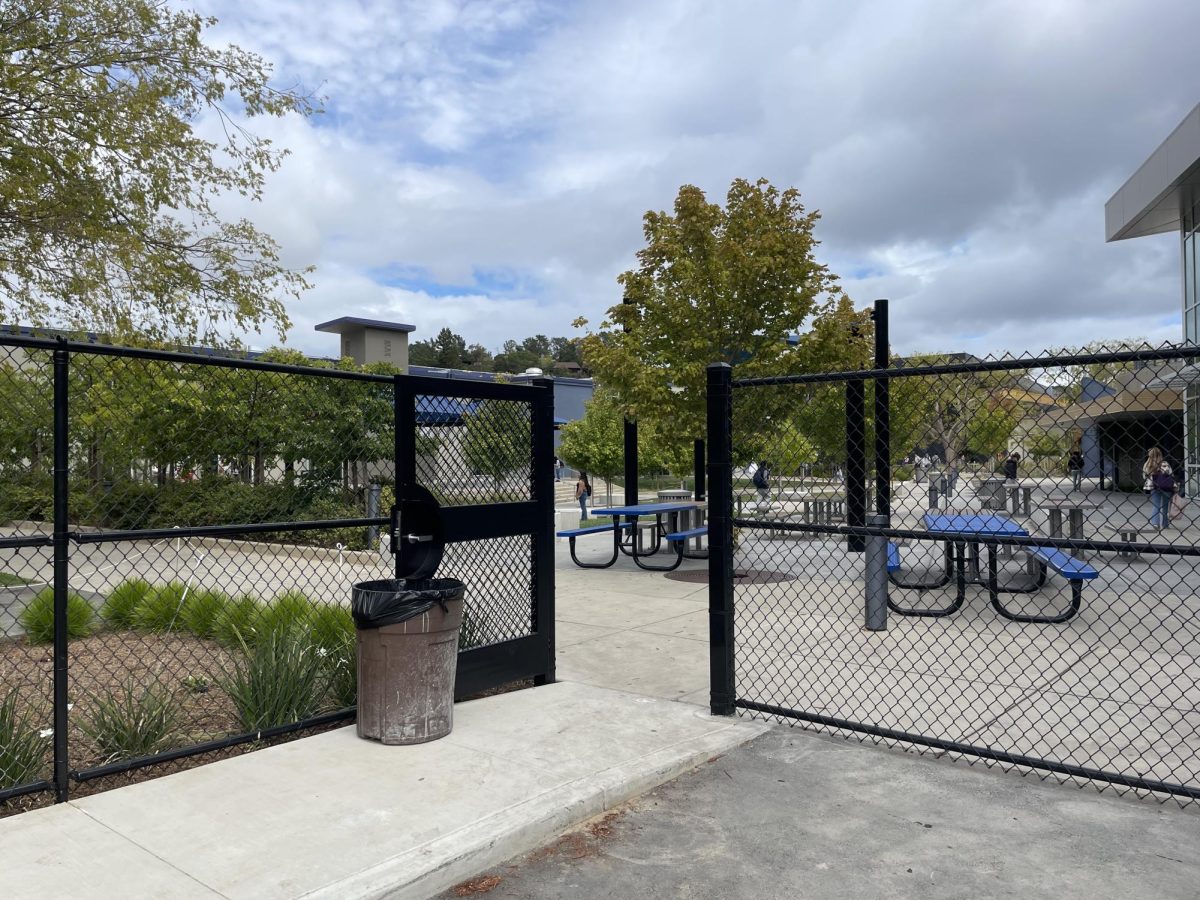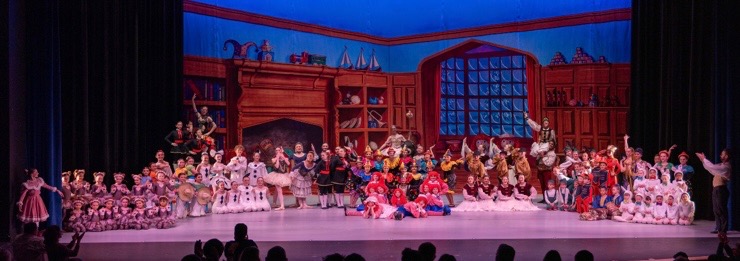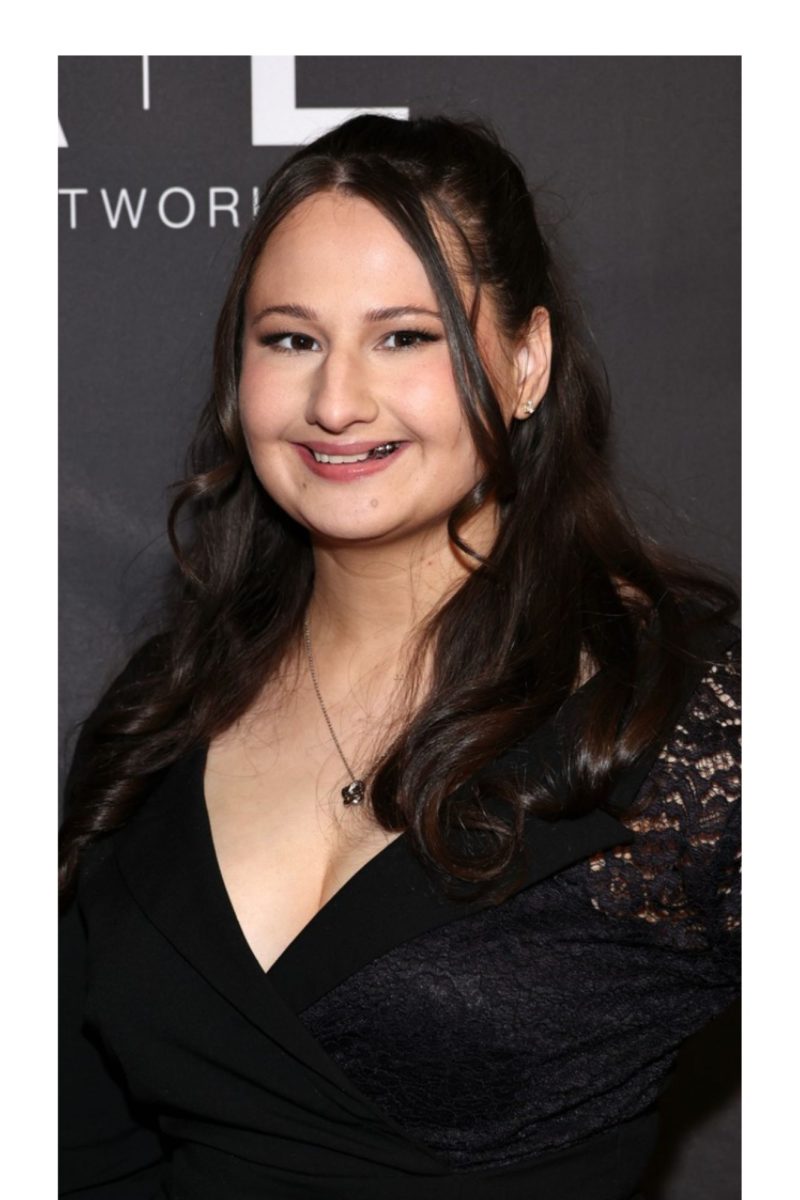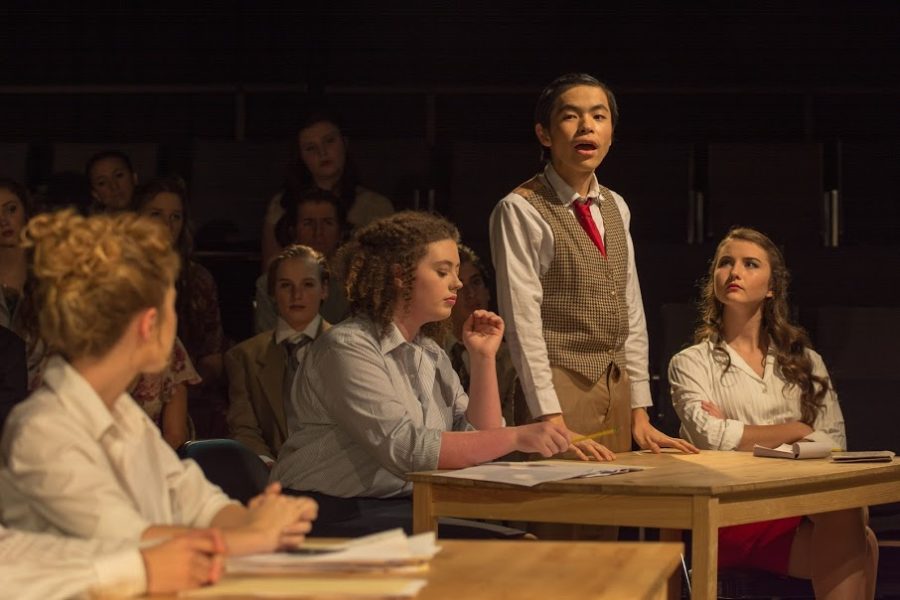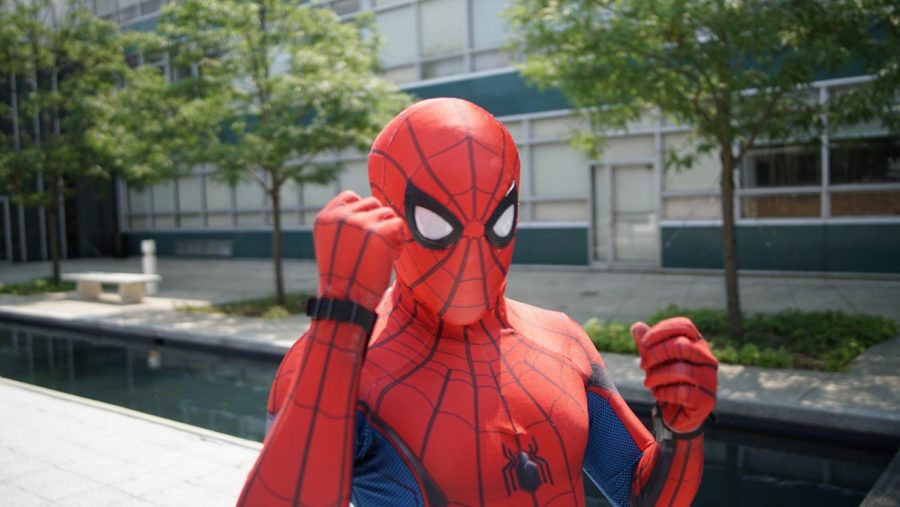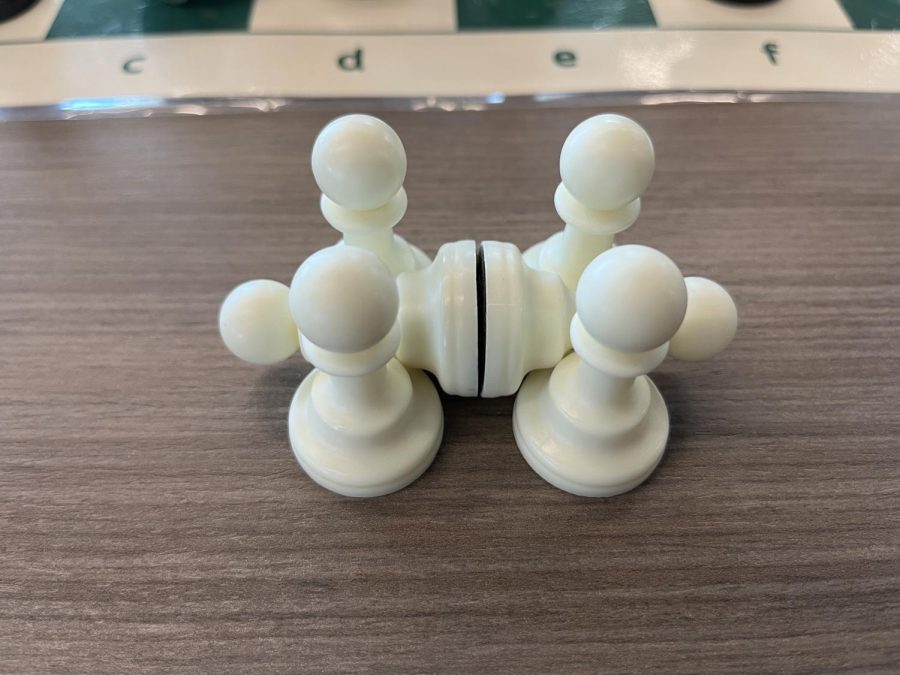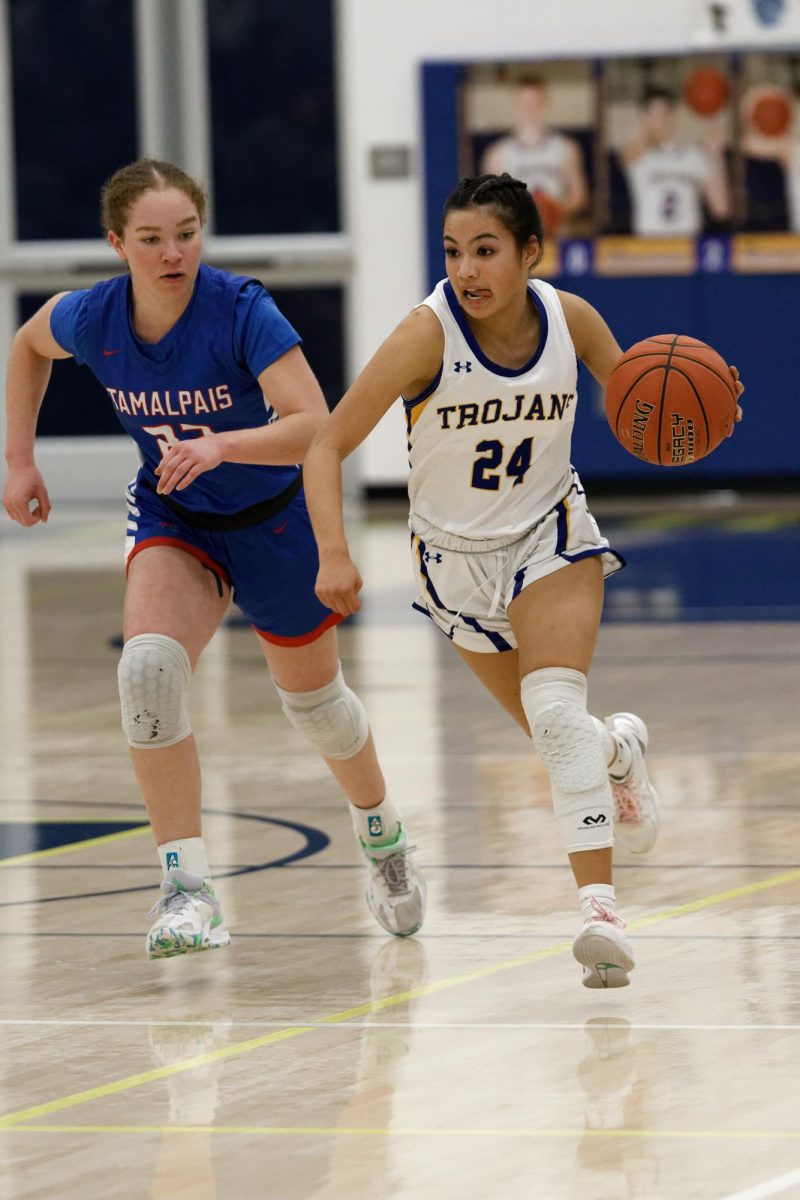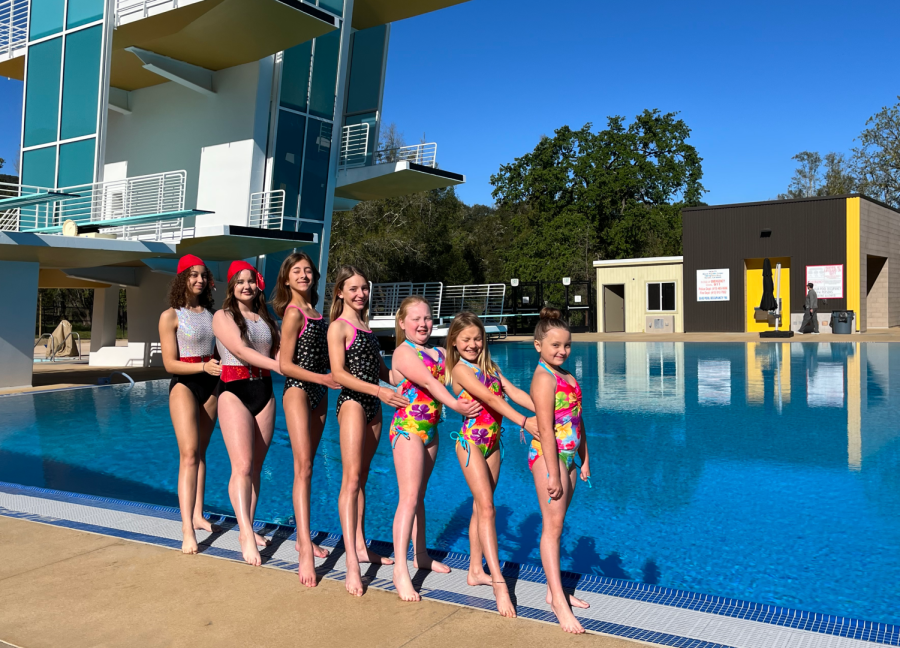NSYNC
March 22, 2022
Artistic swimming, formerly known as synchronized swimming, is a sport described by local Aqua Marin Synchro coach, Chris Schroeder, as “swim, dance and gymnastics all combined in the pool.” However, a more technical definition states that the sport is a combination of sculling, a hand motion used to stay afloat in different positions, figures, the dance moves of the water, and eggbeater, a motion done with the swimmer’s legs that resembles that of whisk– swimmers’ legs move in a rotation, going one after the other to keep the upper body out of the water. And deckwork, the beginning of the routine, that isn’t judged but is used to establish a theme.
As with many other female dominated/only sports, artistic swimming is often misunderstood. When asked if she thought the sport was underestimated, Coach Chris explained, “The better you are, the more you make it look easy, and [the public] are only seeing the olympians.”
On the surface, it appears that it is embellished swimming, however below the water’s surface is a different story. The president of Artistic Swimming Australia, Kim Davis, describes the performed routines as similar to “…sprinting all-out, while under water, chlorine in your eyes, holding your breath, and trying to be in line with seven of your other colleagues.” Not only is the sport physically challenging, but on an Olympic level it can be dangerous. Many swimmers fall victim to concussions due to their one foot proximity to each other.
One swimmer on the Marin team shared that she learned about the sport through a Synchro Summer Camp; other members say that they changed from one team to another after moving to the area. Olympic teams often train about eight hours a day, but these girls train three days a week with an hour and a half out of the pool, and around four and half hours in the pool per week. Unlike other sports there is no on and off season for the girls, although competitions are only in the spring. The girls shared that at competitions swimmers use an interesting technique to get a sleek hair bun. Instead of using any conventional hair products, the girls use hot liquid gelatin to keep their hair in place, and as for makeup, any waterproof products do the trick.
A major part of the routines are the music, they use the music in harmony with deck work and costumes to set a theme for the routine. Any and all types of music are welcome as in the 2020 French Open, the US team used a Billie Eilish mashup, although more commonly less mainstream music is used on an Olympic level. There are five different types of routines: solos, duets, and trios being the most straightforward, and teams which are four-plus people and combos which are 8-10 people, and in these routines two swimmers could be doing one skill and the rest could be doing another.
When asked what she knew about the sport, TL freshman Kayla Modolo, who has never seen live synchro, explains that, “I mostly see old people doing it.” That response is understandable considering the fact that the sport experienced its heyday in the mid 1900s, thanks to Esther Williams and since then, it’s fallen out of the limelight. More recently, it has been considered a sport for older generations. She isn’t exactly wrong about older people engaging in the sport; however, there is also an abundance of younger people taking part as well. If you or anyone you know is interested in trying it out, check out marinsynchro.org to learn about the local team!




















